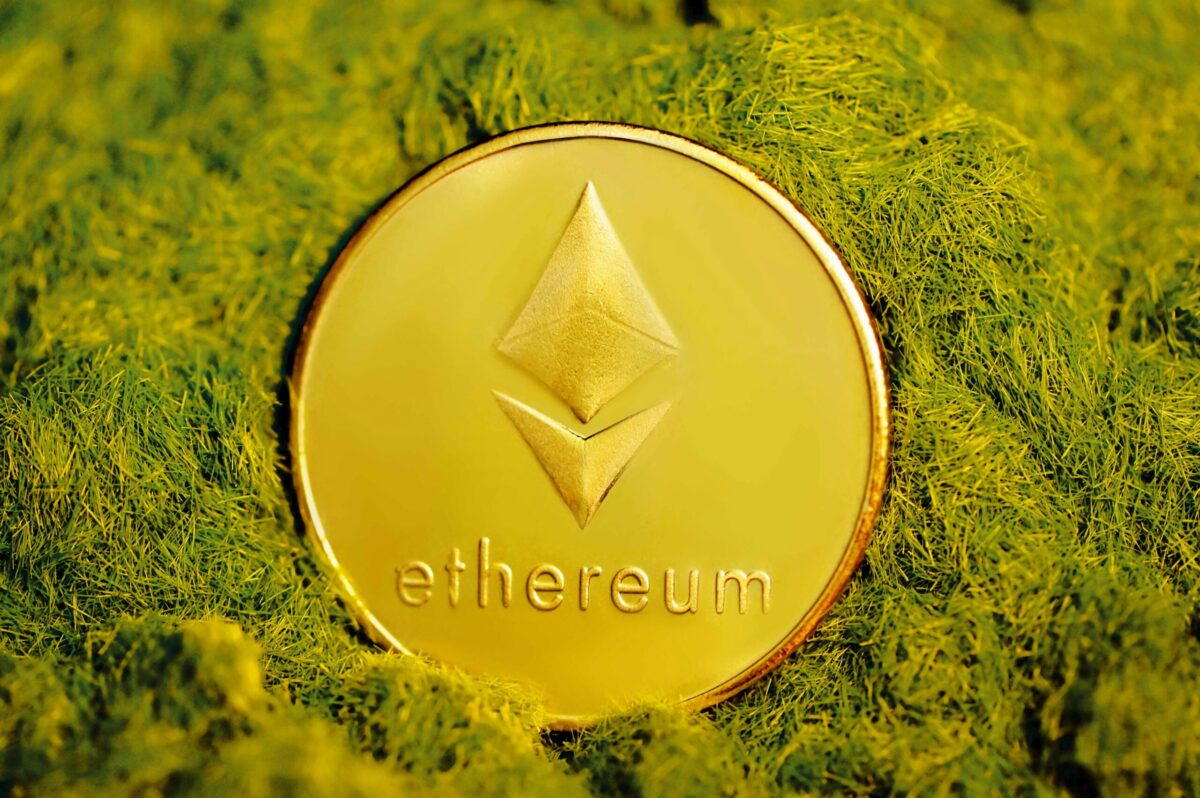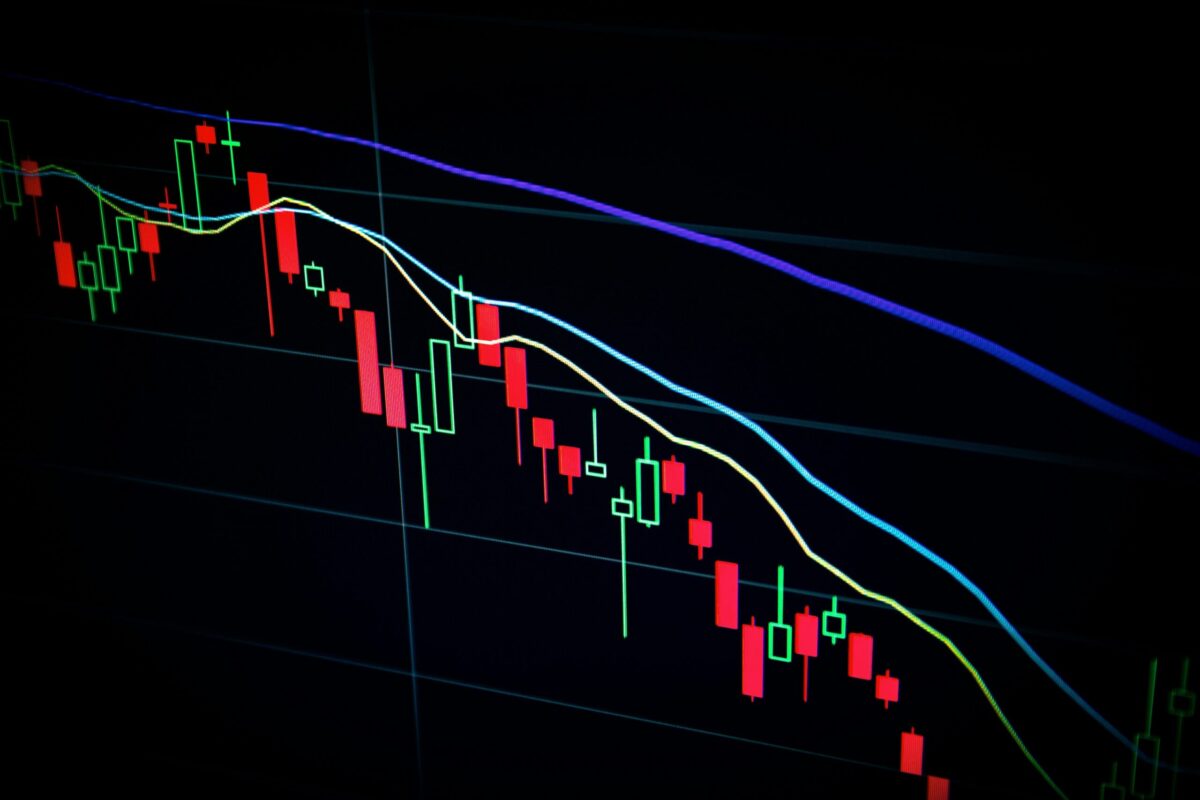The market research arm of Binance released its quarterly ‘Market Pulse’ report, providing a comprehensive overview of the cryptocurrency market in the third quarter of the year.
It covered developments in the space of layer 1 (L1), layer 2 (L2), decentralised finance (DeFi), non-fungible tokens (NFTs) and gaming.
Binance Research tagged Q3 as a “challenging quarter” for crypto as total market capitalisation declined by 8.6%. This came amidst tricky market conditions for the sector. However, on the positive side, institutional adoption continued to gain traction.
The market experienced significant volatility during this period but was marked by a general recovery following the previous quarter’s downturn. Much focus was also given to global regulatory developments.
Some of the notable victories in Q3 were Ripple’s partial victory against the US Securities and Exchange Commission (SEC), PayPal’s launch of its stablecoin $PYUSD, Grayscale scoring a legal victory against SEC, Microstrategy’s purchase of 5,445 $BTC for $150million.
Despite the brief rally that followed the legal victories of Ripple and Grayscale, the decline in market capitalisation continued. However, institutional adoption gained much steam even in the face of falling prices, with major companies like Deutsche Bank, Sony, Grab, and PayPal announcing their involvement in Web3 initiatives.
Bitcoin led the gains in the quarter, surging 63.1% year-to-date (YTD) on the back of a wave of spot $BTC ETF filings from TradFi players. It was followed by tokens like $XRP and $SOL, triggered by Ripple’s legal victories, and Solana’s partnerships with Visa and Shopify.
When it comes to developer activity, there was an overall fall, marking the second consecutive quarterly decline in the figure. However, there were certain projects that still continue to attract developers. This includes Chainlink, Taiko and Zora seeing quarter-on-quarter (QoQ) increases of 363%, 200%, and 100% in weekly active developers, respectively.
The quarter witnessed continued growth in the DeFi sector too, with substantial capital flow and innovation in services and products. There has been growth of real-world assets which has contributed to higher yields in some areas. However, assets within the DeFi ecosystem continued to dwindle.
Liquid staking came out as the top DeFi sector, with a QoQ growth of 10.5%. This was followed by lending, which has overtaken decentralised exchanges (DEXs) for the second spot in Q3 with a QoQ growth of 1.3%. DEXs, on the other hand, saw a QoQ decline of 24.6%. According to the report, this was driven by a sharp fall in total value locked (TVL) attributed to Velodrome and Balancer.
September was the worst month on record since January 2021 for NFT sales, printing a sales figure of around only $300m. This was a result of declining average sales prices with floor prices of notable collections such as Azuki, BAYC, MAYC declining more than 25% QoQ.
Looking through the lens of blockchains, Ethereum’s market share increased by 6% in Q3, notwithstanding an overall decline in NFT sales volume. This comes on the back of falling Ethereum gas fees on leading marketplaces in Q3, coupled with lower $ETH price. Immutable X, which is an L2 built top of Ethereum, also enjoyed a share rise from 4% to 8%.
Lower fees and moderate $ETH prices helped in the overall Q3 growth in the number of total NFT transactions. However, there has been waning interest in NFTs due to the challenging market environment, coupled with low liquidity. As a result of this, the average number of daily unique NFT buyers in Q3 has decreased by 14.1% QoQ to around 53K buyers on a daily basis.
While Blur remained as the biggest NFT marketplace by sales volume, its dominance has declined when compared to the last quarter. On the other hand, OpenSea led in terms of active wallets in Q3.
Looking at gaming, the blockchain leaders were BNB Chain, Ethereum and Polygon. The former looked set to continue dominating the gaming landscape in Q4. On top of this, blockchain-based games seem to have reached a market share of around 66% (by number of games).


